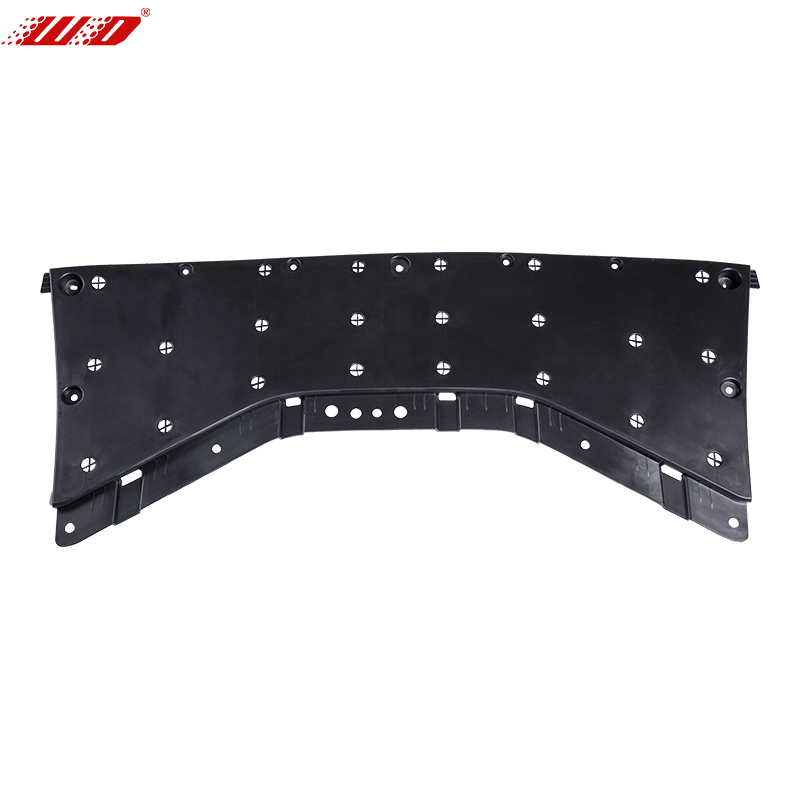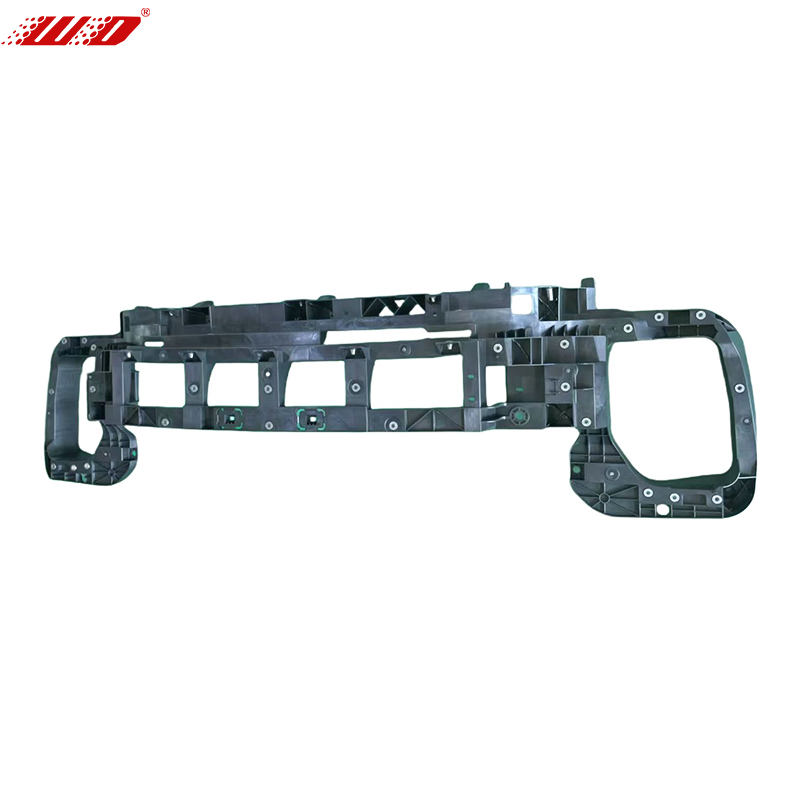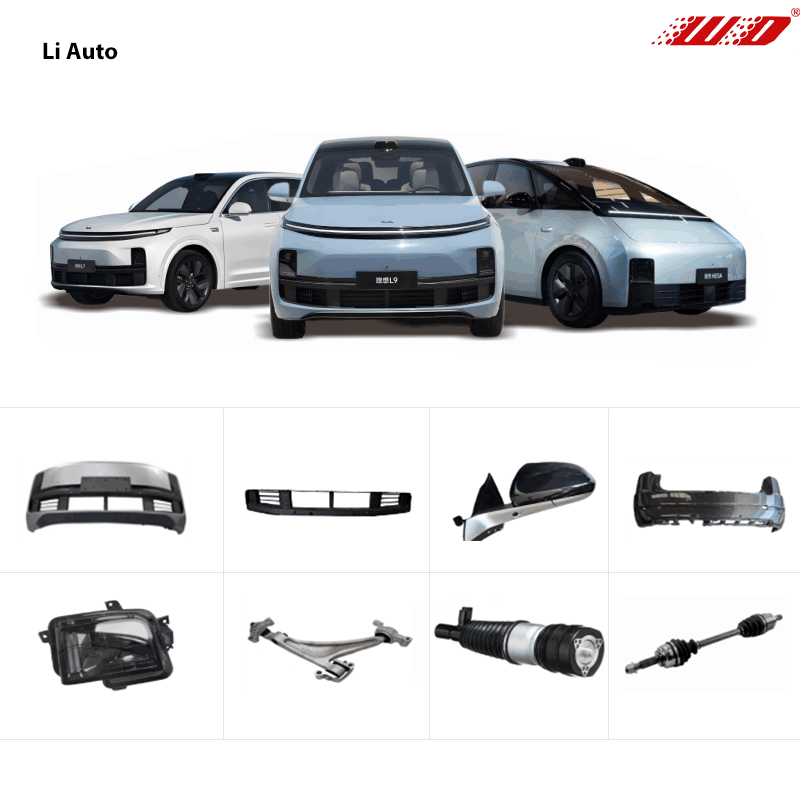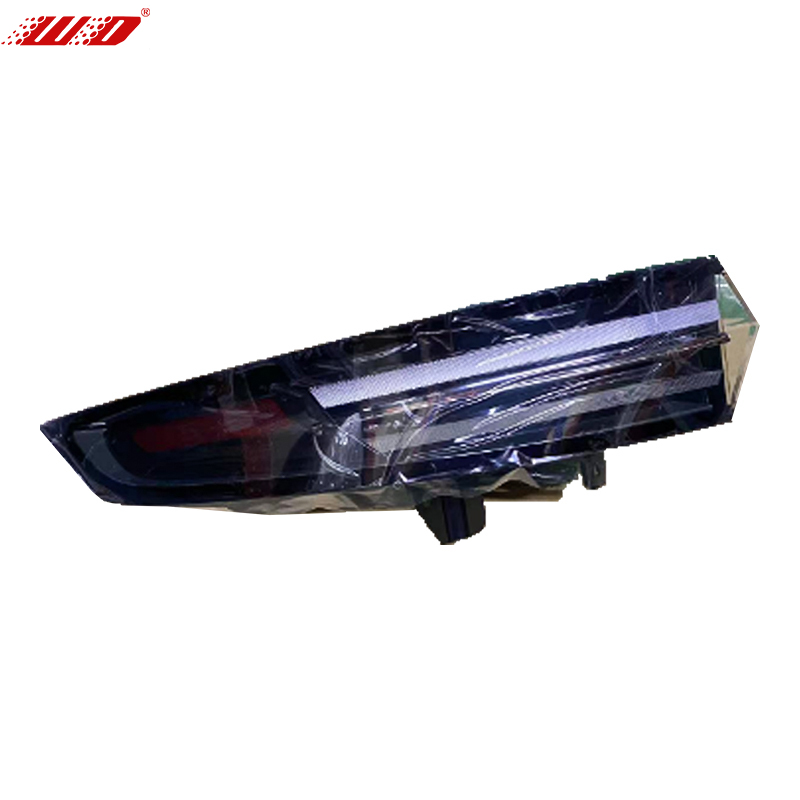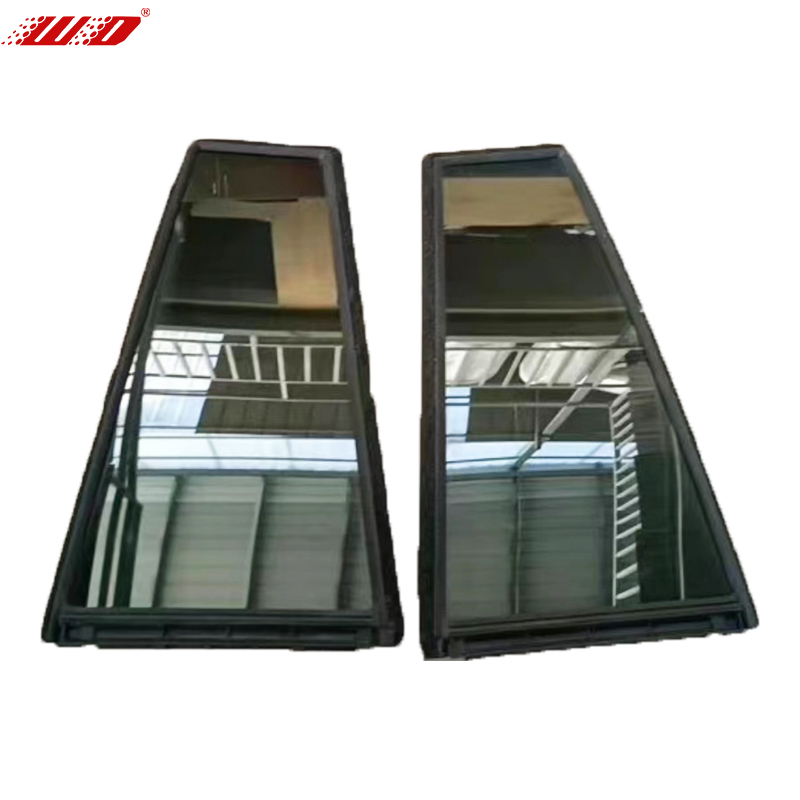Whether you're maintaining your car, upgrading it, or simply replacing a damaged component, buying auto parts online offers convenience, variety, and often lower prices. However, many overseas buyers have concerns about part reliability, compatibility, origin, and the overall buying experience. This comprehensive guide is designed to address those concerns and help you make informed, confident choices when sourcing auto parts—especially from international sellers.
Understanding the Global Auto Parts Market
The auto parts industry is vast and complex. Parts come in many forms: original equipment manufacturer (OEM) parts, aftermarket parts, refurbished components, and even salvaged items. With countries like China becoming major exporters of automotive components, global buyers have access to an unparalleled range of products. But this abundance also introduces challenges—chiefly, identifying which parts are reliable, properly certified, and suitable for your specific vehicle.
Are Chinese Auto Parts Reliable?
This is one of the most common questions among global buyers. The short answer is: many are, but it depends greatly on the manufacturer and the seller.
China is home to thousands of auto spare parts factories. Some of these supply components to major international car brands, while others serve the aftermarket with a wide range of parts, from brake pads to engine sensors. The reliability of Chinese parts often comes down to:
The reputation and experience of the manufacturer
Quality certifications such as ISO9001, IATF16949, or CE
Transparency in product specifications and materials
Seller willingness to provide documentation, test results, or quality guarantees
For non-critical components like trim pieces or mirrors, Chinese aftermarket parts are often more than adequate. For safety-related parts like brakes or airbags, it's crucial to verify certifications and track records.
In fact, many globally recognized brands manufacture their components—or even entire vehicles—in China under strict quality control measures. These include parts for General Motors, Volkswagen, BMW, and Toyota. Chinese suppliers involved in these partnerships often produce parts that are indistinguishable from their European or North American counterparts in terms of quality.
However, the wide spectrum of manufacturers in China also means that quality can vary dramatically. Some small-scale producers may cut corners to lower costs, using substandard materials or offering poor dimensional accuracy. This makes it essential for buyers to do their due diligence:
Research the supplier’s production capabilities and export history
Request third-party inspection reports or material certificates
Look for reviews or case studies involving long-term customer satisfaction
Another important consideration is the rise of "Tier 1" and "Tier 2" classification among Chinese suppliers. Tier 1 suppliers usually produce components directly for vehicle manufacturers and have passed rigorous audits. Tier 2 suppliers often produce parts for the aftermarket or for Tier 1 companies, and may not meet the same level of scrutiny unless specifically verified.
In the context of international trade, Chinese factories are increasingly aligning with global standards to remain competitive. Many now invest heavily in automated production lines, advanced testing equipment, and workforce training to meet the expectations of overseas buyers. This shift is helping to close the trust gap that once existed.
Chinese auto parts can be highly reliable, especially when sourced from reputable manufacturers with international certification, consistent quality control, and a history of export success. Buyers must actively assess suppliers and avoid overly cheap options that lack supporting documentation or professional communication. With the right approach, Chinese parts can deliver strong value and dependable performance.
How to Find Compatible Parts for Your Vehicle
One of the biggest concerns when buying auto parts—especially online—is ensuring that the part will fit your car. Compatibility issues can arise due to variations in model years, regional versions, or engine configurations.
Step 1: Know Your Vehicle Details
To find the correct part, you’ll need accurate details about your car:
The full make and model (e.g., Toyota Corolla LE)
Model year
Engine displacement (e.g., 1.8L or 2.0L)
VIN (Vehicle Identification Number)
The VIN is especially valuable, as it can pinpoint your car’s exact configuration and production batch.
Step 2: Identify the OEM Part Number
Every original part has an OEM number—a unique code that identifies it precisely. This is the best way to ensure compatibility. You can find this number on the existing part, in your vehicle manual, or through your dealership. Reputable sellers often list these OEM references and can help cross-check them.
Step 3: Confirm Regional Compatibility
Cars of the same model might differ across regions. A part for a U.S.-market 2015 Toyota Corolla may not match a 2015 version sold in Asia or the Middle East. Always clarify your car’s origin or market version with the seller.
Step 4: Request Fitment Confirmation
Many sellers offer a compatibility list or will confirm fitment if you provide your VIN or vehicle details. Don't hesitate to ask—verifying fit before purchase can save significant time and cost.
OEM vs. Aftermarket vs. Refurbished: What’s the Difference?
Understanding the types of parts available helps you choose according to your needs:
OEM (Original Equipment Manufacturer): These are made by the company that produced your car’s original part. They are guaranteed to fit and meet factory specifications, but often come at a premium price.
Aftermarket: These parts are made by third-party companies. Quality can vary greatly. Some aftermarket parts rival or exceed OEM standards, while others may be inferior. Reputable brands with international certification usually offer dependable quality.
Refurbished/Rebuilt: These are used parts that have been restored to working condition. They are typically cheaper but may have a shorter lifespan or inconsistent quality depending on the refurbishing process.
Used or Salvaged: Extracted from dismantled vehicles. Use only when absolutely necessary and be aware of the risks.
Pricing and Value: How to Evaluate What You're Paying For
International buyers often notice a wide range of prices for what appear to be the same parts. This can be due to brand markup, production costs, distribution channels, or value-added services like warranties.
When evaluating pricing:
Understand what you're getting—OEM, high-end aftermarket, or economy-grade parts
Check what materials and processes are used
Look for warranty terms or satisfaction guarantees
Factor in shipping costs and potential customs duties
Avoid choosing solely based on the lowest price, especially for components that affect vehicle safety or performance.
Shipping and Customs: What International Buyers Should Know
One of the biggest pain points for global buyers is shipping.
Shipping Method: Express services like DHL and FedEx are fast but expensive. Standard air mail or sea freight is cheaper but slower.
Shipping Time: Depending on method and distance, delivery can range from 3 days to 45 days.
Customs Clearance: Know your country’s import rules. Some parts may incur duties or require documentation.
Packaging: Check how fragile parts like headlights or instrument clusters are packed. Reputable sellers use reinforced packaging and include insurance.
If the seller doesn’t provide tracking or shipping guarantees, consider it a red flag.
Warranty, Returns, and Support
Buyers often overlook this area, but it's crucial for peace of mind.
Warranty Duration: Some sellers offer 6-month to 2-year warranties. Confirm this before purchase.
Return Policy: Understand if returns are accepted, who pays for return shipping, and what the process is.
After-Sales Support: Choose sellers who respond promptly, communicate clearly in English, and are willing to help troubleshoot issues.
Save screenshots of your correspondence and order details—they’ll help in case of disputes.
How to Avoid Scams and Choose Trustworthy Sellers
The best way to avoid scams is to work with verified, professional suppliers. Here's how to assess them:
Check how long they've been in business
Look for certifications or business licenses
Ask about their main export markets
Read independent reviews
Use secure payment options like PayPal or credit cards
Be wary of vague product listings, refusal to provide specifications, or pushy sales tactics.
Special Considerations for Popular Brands like Toyota
Toyota vehicles are among the most commonly owned around the world, and sourcing parts for them is relatively easy—but regional differences still apply.
Confirm whether your Toyota was made for the U.S., Europe, Asia, or another region
Use OEM numbers wherever possible
Be cautious with electronic parts—Toyota frequently changes connectors and programming across years and markets
Choose well-reviewed suppliers with Toyota-specific experience
Final Checklist Before You Buy
Before confirming any order, go through this checklist:
Do you have the correct OEM number?
Have you confirmed fitment with the seller?
Have you read the product description thoroughly?
Have you asked about warranty and returns?
Do you understand the shipping method and timeline?
Are you buying from a verified seller?
Buying reliable auto parts online—especially from overseas—requires attention to detail, proactive communication, and a clear understanding of what you need. Chinese and other international parts can offer outstanding value and performance if sourced from the right suppliers. By educating yourself on compatibility, product types, seller reliability, and logistics, you can turn what might seem like a risky endeavor into a smart and efficient solution.
Always remember: it's not just about finding the cheapest part. It's about finding the right part, from the right source, with the right support.
When in doubt—ask questions, request verification, and never settle for unclear information. A well-informed buyer is always the best protected.

 English
English русский
русский Español
Español
